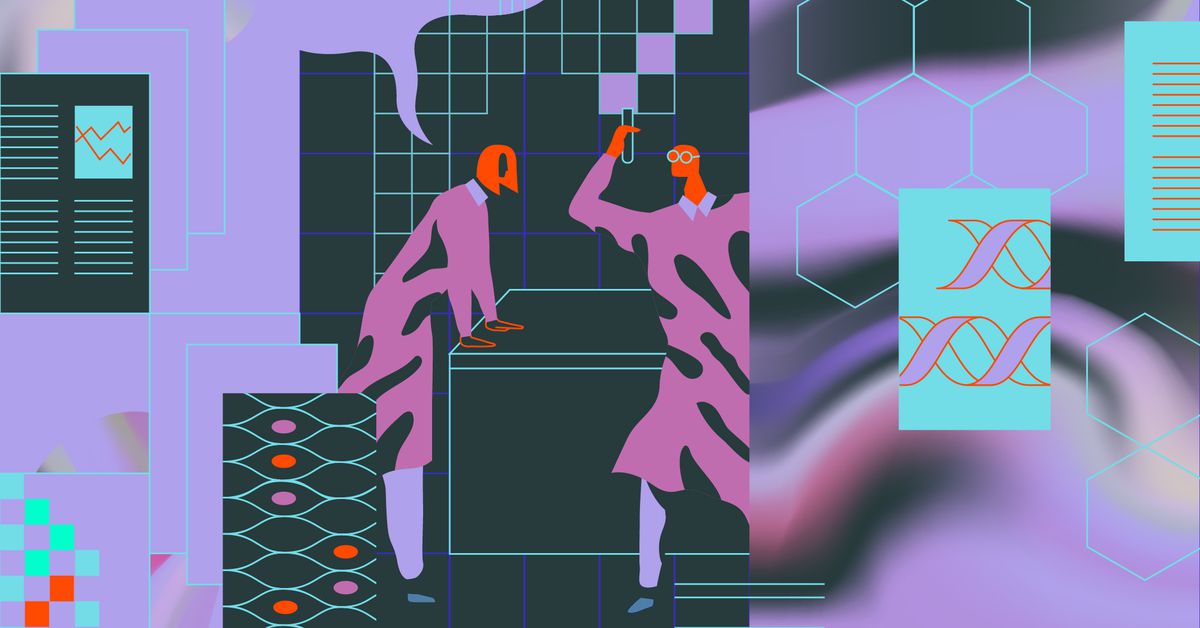Google Translate is still not reliable enough to be used in medical instructions for non-English speakers, according to a new study published last week. Sometimes it works: it was the most accurate when translating the emergency department’s discharge instructions into Spanish. But most of the time, especially with less common languages, it doesn’t – the study found that it was only 55% accurate for Armenian. This is a big problem when it comes to health information, where any misunderstanding can be dangerous.
“All you need is a mistake that creates confusion for the patient, and they don’t take your blood thinner or they take too much of your blood thinner,” says study author Lisa Diamond, researcher on health disparities at Memorial Sloan Kettering Cancer Center In New York. “And you end up with a medical emergency.”
Federal guidelines say hospitals and healthcare organizations should provide interpreters and translators for non-English speaking patients. The guidelines are designed to meet a vital need – these patients are at an increased risk of medical complications because they may not understand the instructions given by their doctors.
However, in practice, many hospitals do not offer interpreters for all patients who need one – they are expensive and many health groups struggle with the cost. Even if a hospital has interpreters on staff or a subscription to a telephone interpreter service for verbal communication, they are less likely to have a way to translate written instructions. “There is a clear gap in the ability to provide patients with written information,” says study author Breena Taira, associate professor of clinical emergency medicine at UCLA Health.
It has become common for doctors to turn to Google Translate in medical settings, says Taira. “Can you imagine that a well-meaning emergency service provider thinking, ‘I really want to provide instructions to my patient in his own language, and my hospital doesn’t have a mechanism to do that – why don’t I use this automated software system? translation, ”she says.
The new study evaluated 400 emergency department discharge instructions translated by Google Translate into seven different languages: Spanish, Chinese, Vietnamese, Tagalog, Korean, Armenian and Farsi. Native speakers read the translations and assessed their accuracy. Overall, the translated instructions were more than 80 percent accurate.
That’s an improvement over 2014, when an analysis found that Google Translate was less than 60 percent accurate for medical information. Google Translate improved in 2016, when it started using a new algorithm – since then, a 2019 study has found that it can be over 90% accurate in Spanish.
But the new analysis also found that the accuracy varied between languages. Like the 2019 study, he found that Google Translate has more than 90% accuracy for Spanish. Tagalog, Korean and Chinese had accuracy rates ranging from 80 to 90 percent. There was a big drop for Farsi, which had an accuracy of 67%, and Armenian, which had an accuracy of 55%. In one example, Google Translate transformed “You can use over-the-counter ibuprofen as needed for pain” into Armenian as “You can use anti-tank missiles as much as you need for pain”.
Even languages like Spanish and Chinese, which were generally accurate, could contain Google Translate errors that could confuse patients. An instruction for a patient taking Coumadin blood thinning medication said, “Your Coumadin level was too high today. Do not take any more Coumadin until your doctor has analyzed the results. ”It was translated into Chinese as“ Your soybean level was very high today. Do not take more soy until your doctor reviews the results. ”
One of the main problems with relying on machine translation is that it doesn’t take context into account, says Diamond. The program may not recognize that a word is the name of a drug, for example. “It loses the meaning of what you are trying to say,” she says.
Eventually, machine translation programs can improve to the point of translating medical information accurately and securely. But, based on the way they work now, they are not a good approach.
Instead, doctors should write the instructions in English and have an interpreter pass on these instructions verbally to the patient, says Taira. But this is just a stopgap – ideally, healthcare systems should give doctors a way to get professional translations of materials. Each doctor will do the best he can with the resources at his disposal. “What we need to do, really as a system, is to make things easier for the provider,” says Taira.
